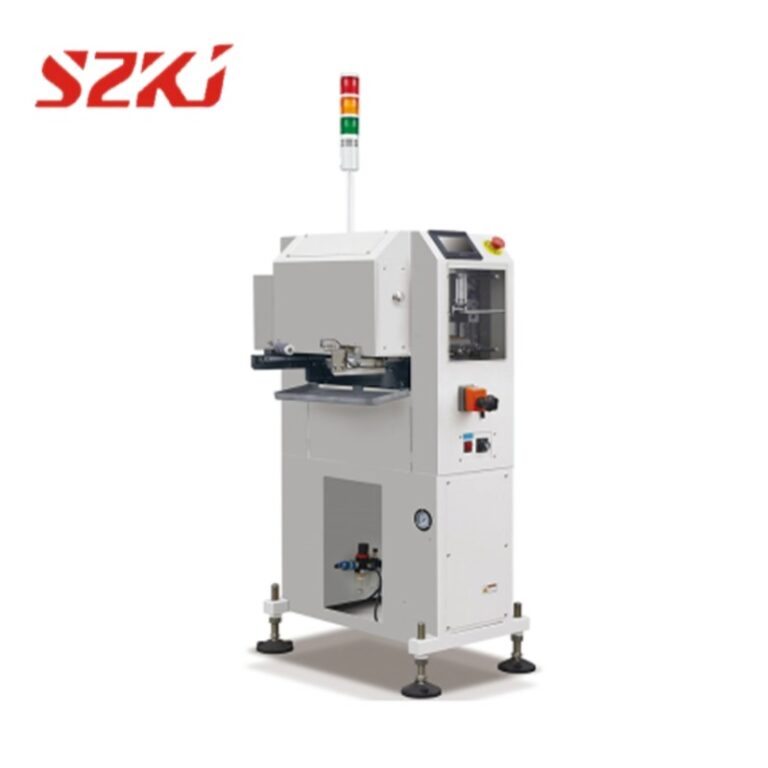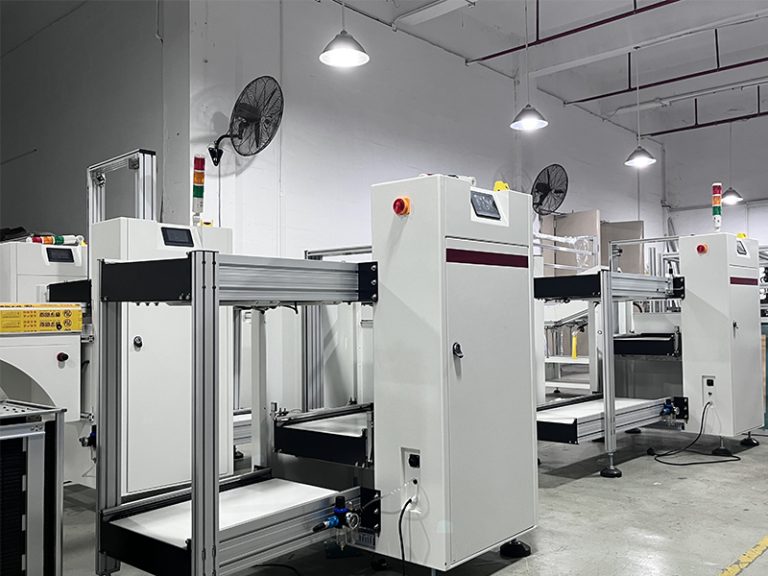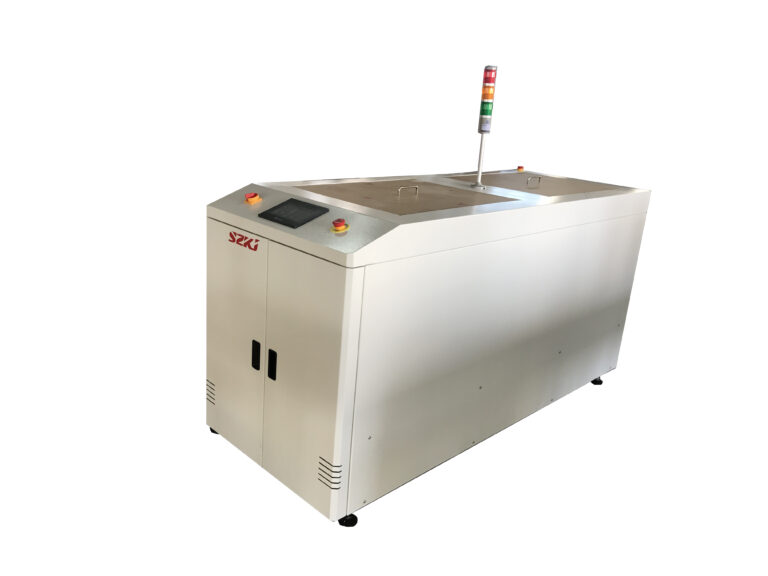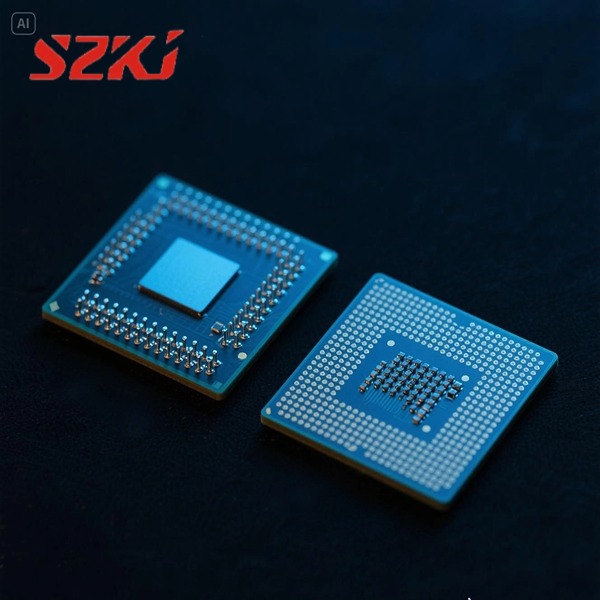Table of Contents
ToggleDefinition & Significance
Surface Mount Technology (SMT) placement machines are critical equipment in the electronic manufacturing value chain. These systems enable high-speed, precision assembly of miniature electronic components onto printed circuit boards (PCBs), forming the backbone of production for consumer electronics, automotive electronics, and communication devices. As end-products evolve toward intelligence and miniaturization, SMT placement machines directly impact product yield and production costs.
Market Status
The global SMT placement machine market continues expanding, with a 2024 market size of USD 1.5 billion. It is projected to grow at a compound annual growth rate (CAGR) of 7.5% over the next decade, potentially reaching USD 2.8 billion by 2033. Key growth drivers include:
- End-application upgrades: Rapid iterations of 5G devices, smart home products, and new energy vehicles;
- Technological precision demands: Widespread adoption of 0201 packages (0.6mm×0.3mm) driving equipment upgrades;
- Production paradigm shifts: Industry 4.0 requirements for flexible manufacturing and data-driven smart production.
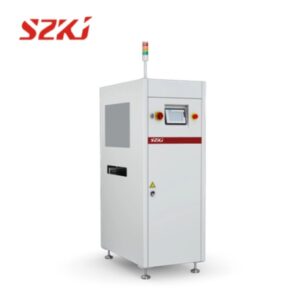
Growth Drivers vs. Challenges
Core Growth Drivers
| Driver | Manifestations |
| Consumer electronics innovation | Multi-camera modules and foldable screens in smartphones are creating complex PCB assembly demands |
| Automotive electronics penetration | Domain controllers and LiDAR components in electric vehicles require advanced assembly precision |
| Industry 4.0 transformation | Manufacturers are improving equipment utilization (OEE) through digital workshops to reduce unit production costs |
| Supply chain regionalization | Geopolitical shifts promoting “nearshoring” and localized assembly solutions |
Key Challenges
- Cost barriers: High-end models exceeding USD 500,000, creating investment pressures for SMEs;
- Technological iteration risks: Equipment lifecycles shortening to 3-5 years, requiring continuous R&D investment;
- Talent gaps: New technologies like AI vision calibration and motion control algorithms are raising operator skill requirements;
- Supply chain resilience: Chip shortages and logistics disruptions previously extended equipment delivery cycles beyond 12 months.
- Regional Market Differentiation: Asia-Pacific Dominance, Emerging Markets Rising
Asia-Pacific: Global Manufacturing Hub
- China: Holding 45% global market share, with Huawei and Foxconn driving equipment localization (e.g., Shenzhen Huashu Robotics, Beijing Bozhong Precision);
- Japan/South Korea: Samsung and LG driving high-end equipment demand, with JUKI and Panasonic enjoying home-field advantages;
- Southeast Asia: Vietnam and Thailand attracting supply chain transfers, fueling mid-to-low-end equipment growth.
Europe/America: Technology Leadership & Sustainability
- Europe: Siemens is pioneering digital twin technology for placement machine maintenance, with German and Swedish firms emphasizing energy efficiency;
- North America: Tesla Gigafactories are adopting customized high-speed placement machines for automotive electronics orders.
Emerging Markets: Localization Opportunities
- Latin America: Mexico’s electronics industry growth attracting ASM International investments;
- Middle East/Africa: UAE and Morocco developing consumer electronics assembly, with Turkish brands like VESTEL driving equipment procurement.
Competitive Landscape: Top Players Dominate, Technology Drives Differentiation
Five Leading Manufacturers
| Manufacturer | 2024 Market Share | Core Technology Advantages | Flagship Products |
| ASM Pacific Tech | 0.28 | Ultra-high-speed placement heads (200k CPH) | AD8315 Series |
| Fuji Machine | 0.22 | AI-powered real-time placement path optimization | NXT-M III |
| Yamaha Motor | 0.18 | Modular design for flexible production | YSM40R |
| Panasonic | 0.15 | Nanometer-level placement accuracy (±0.02mm) | NPM-W2 |
| JUKI | 0.1 | Laser recognition technology improving yields | RS-1R |
Evolving Competition Strategies
Technological arms race:
- ASM-Siemens collaboration developing AI defect prediction systems, reducing failure rates by 30%;
- Fuji is launching “Digital Factory” solutions, improving OEE by 15%.
Ecosystem integration:
- Yamaha acquiring South Korea’s DECAN to strengthen post-packaging capabilities;
- JUKI-SAP partnership developing ERP integration modules, optimizing production scheduling.
Service transformation:
- Panasonic is introducing an Equipment-as-a-Service (EaaS) model, reducing upfront costs.
Future Trends: Intelligence, Greenness, Scenario Deepening
Technological Evolution Directions
AI integration:
- Deep learning-based component recognition algorithms supporting component placement;
- Digital twin technology enables remote maintenance and predictive repairs.
Sustainable manufacturing:
- Energy-efficient servo motors reduce power consumption by 30%, with EU CE certification compliance;
- Use of recyclable materials for nozzles and other consumables.
Scenario expansion:
- Medical devices: Supporting MRI coil micro-component placement;
- Electric vehicles: Addressing thermal challenges in battery module high-power components.
Market Size Correction Forecast
It’s worth noting that some institutions’ optimistic 2026 projections (USD 6.25B, 8.7% CAGR) require caution. A more reasonable forecast based on supply-demand analysis suggests:
- Short-term (2026): Market size ~USD 1.9B (6.8% CAGR), driven by global economic recovery;
- Long-term (2033): USD 2.8B projection subject to geopolitical and trade policy changes.
- Strategic Recommendations: Triple Growth Engines
Technology investment focus:
- R&D priorities: Ultra-high-speed placement heads (>250k CPH), AI defect classification algorithms;
- Collaboration directions: Engaging EDA software firms for seamless design-production data integration.
Regional market penetration:
- Southeast Asia: Launching “cost-effective + service” packages for SME EMS providers;
- Europe: Strengthening equipment carbon footprint certification for ESG procurement standards.
Ecosystem model innovation:
- Building closed-loop equipment-material-training solutions (e.g., conductive adhesives, solder paste packages);
- Exploring certified pre-owned equipment markets to activate inventory circulation.
Conclusion: Precision Placement, Intelligent Future
The global SMT placement machine market stands at the intersection of technological iteration and demand upgrading. Leading enterprises must balance short-term gains with long-term technology investment, while emerging players can achieve breakthroughs by focusing on niche scenarios (e.g., photovoltaic inverters, military electronics). As electronic manufacturing evolves toward “ultra-heterogeneous integration,” placement machines will continue expanding the boundaries of industrial efficiency as key smart manufacturing nodes.

